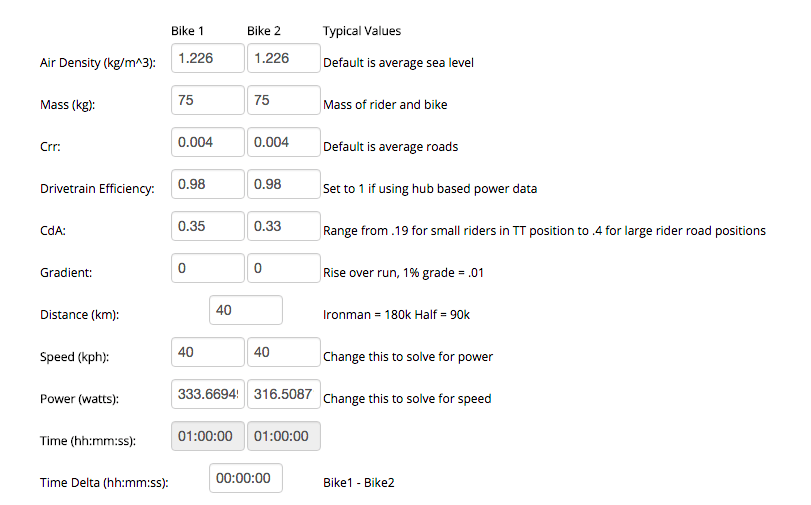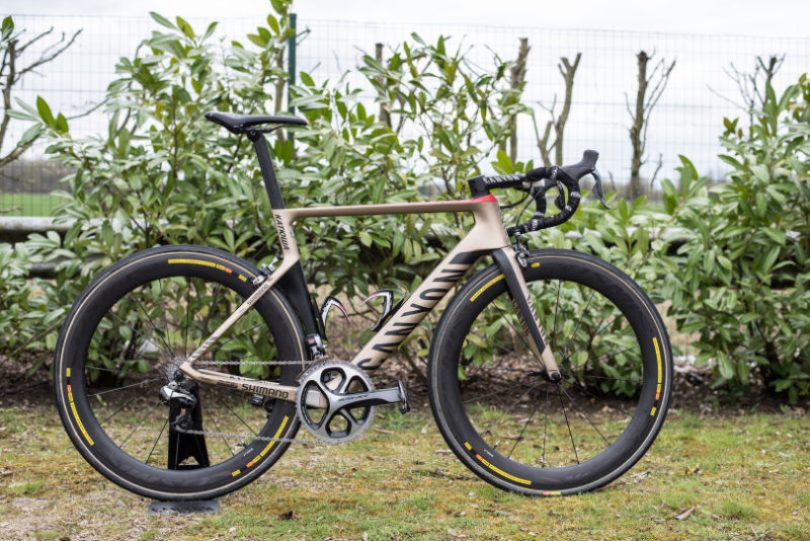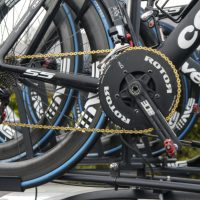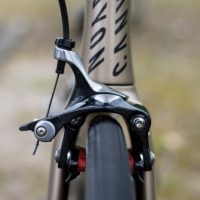The aero road bike debate is a heated one, and we love to engage in the conversation, however we also hear a lot of negative sentiments about aero road bikes. On the road, in the shop, in general – in a way, they’re still the eccentric cousin to the traditional, round-tube road bike. However, times are a changing, and they’ve increasingly become more popular not only in the pro-peloton, but also out on the group rides and gran fondos. The bikes that were once reserved for the rider looking for a happy compromise, do-it-all bike for road riding and triathlon have become your best option for a road bike. Period.
Whether you’ve got a bike and are looking to add to the stable, or are looking for your first, below we’ll go over three reasons why your next bike should be an aero road bike. Without question, unequivocally, your best option for your next bike is to go aero.
1. You’ll go Faster – Even if You’re Slow
The biggest obstacle as cyclists we’ve got to overcome is aerodynamic drag which accounts for 80-90%. Kinetic Energy, Drivetrain Friction, and Rolling Resistance make up the remainder. Of the aerodynamic drag, the bike accounts for about 20% (includes frame/wheels/components.) Whether you’re drafting in a pack or not, the more the rider can reduce drag, the faster the rider will be able to ride, or the fewer watts he or she will need to generate in order to maintain the same speed as compared to a non-aero bike.
If all else is equal (position, conditions, components,) a rider on an aero road frame will travel farther during a set time-interval on the same effort than a rider on a non-aero bike.
Whether you intend on racing or not is almost irrelevant. To the contrary, typically those who ride slower, actually experience the biggest time gains. How? The percentage in drag reduction remains the same between the fast rider and the slower one, however, since the slower rider spends more time riding, he or she will save more time. In short, no, you don’t need to be “fast,” a racer, or a triathlete to benefit from an aero road frame, you’ll still benefit considerably.

In the above scenario, riding the aerodynamic frame will allow the rider of Bike 2 to exert 5% less effort to keep the same average speed. If both riders averaged 333.669 Watts, the rider of Bike 2 would bike the 40K 1 minute and 7 seconds faster.

2. Climbing isn’t Harder or Any Slower – See Daniel Teklehaimanot
Weight matters on a bike – we’re not trying to dispute that. However, typically when choosing between an aero road bike and a non-aero road bike the decision is based on two bikes that weigh close to the same. By close, it’s safe to generalize, round up, and assume no more than 2lbs, which is a pretty significant difference, especially if taking into consideration similar bikes (ie comparable components, price, etc.)
The thing about weight is that we often look at it in terms of the bike alone, and we can’t, it’s not as simple as that (see drag above.) It should be looked at and evaluated as a complete system: Bike + Rider. As a system, weight becomes a lot less significant. A 150lb rider on an aero road frame that weighs 6.25% more than a standard frame is only 1.2% heavier as a system than its lighter weight clone (150lb rider on 17lb bike vs a 15lb bike.)
Consider the fact that weight becomes an issue on sustained climbs of 5-6%, even when climbing on a heavier bike, you’ll tend to benefit more from the aerodynamics rather than the weight savings. Interestingly enough, for pro riders that threshold jumps up to 8-9%. For those of us in the Bay Area, a good gauge on what the “cut-off” feels like is the HC Mount Diablo climb and Strava segment, which measures at a 6% average. In theory, all of the pros should be riding aero bikes for this segment, especially considering they’re bound by a 15lb weight limit, which now a days most aero road bikes can conform to.

Both Team Katusha and Movistar rode the Aeroad by Canyon at Paris Roubaix in 2015. Arguable the toughest race in the Pro-peloton calendar.
3. The Quality of the Ride is Just as Good
We hear the same buzz words time and time again, especially during the Tour de France and the weeks leading up to it when manufacturers start unveiling new product: “Lighter, stiffer, more vertically compliant.” How is vertical compliance and comfort even measured? How much more uncomfortable does a bike have to be in order to notice or become too uncomfortable?
Owner of Silca and former Zipp Engineer Josh Poertner wrote a fascinating piece on Slowtwitch about perception as it relates to stiffness and comfort.



Comfort is one of the major points of discussion for skeptics of aero road bikes, however as with the two points above, considering the bike works as a “system,” a lot of the areas that impact comfort are unrelated to the frame. Saddles and wheels make a difference, as do tires and tubes. Most modern aero road bikes are compatible with 25mm, sometimes even 28mm tires on wide rims, which goes a long way in tuning ride quality without sacrificing speed and aerodynamics.
Don’t hesitate to get in touch if you’ve got any questions, or if you’d like to build your next aero bike with us.


